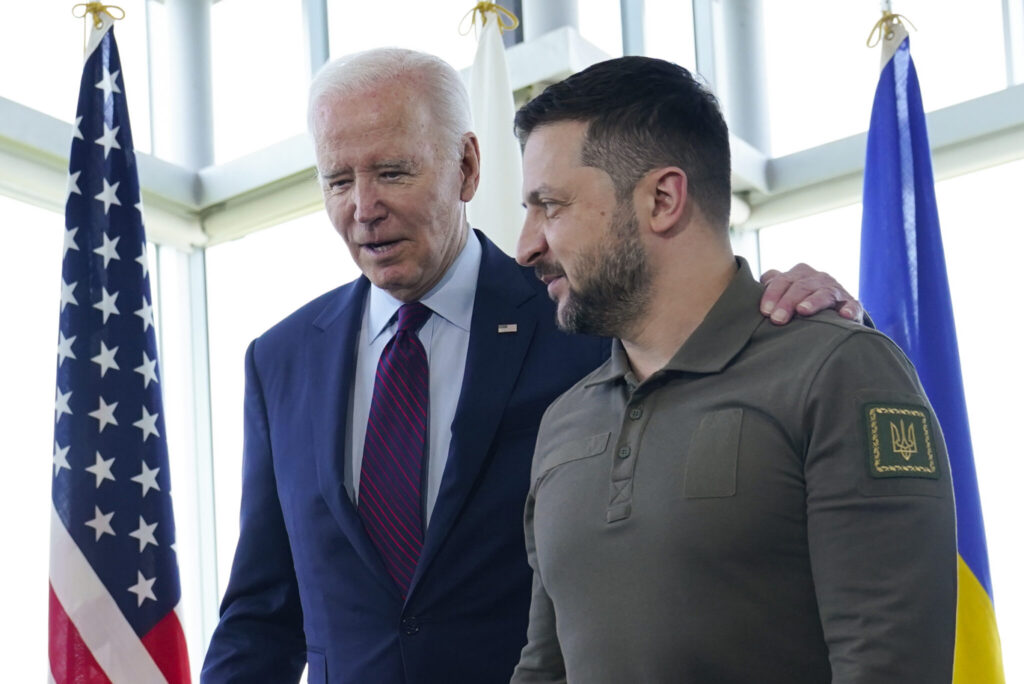When it comes to criticizing the NATO members who fail to spend enough on defense, tiny Luxembourg is an easy target. One of NATO’s richest countries, and routinely ranked at the top of Europe’s economic growth tables, the Grand Duchy currently spends 0.72% of gross domestic product on its armed forces, according to the organization’s estimates for this year. The Associated Press has the story:
NATO to boost defense spending to help Kyiv
Newslooks- BRUSSELS (AP)
When it comes to criticizing the NATO members who fail to spend enough on defense, tiny Luxembourg is an easy target.
One of NATO’s richest countries, and routinely ranked at the top of Europe’s economic growth tables, the Grand Duchy currently spends 0.72% of gross domestic product on its armed forces, according to the organization’s estimates for this year.
That puts it at the foot of the 31-nation military alliance’s charts. Still, the numbers are deceiving, and that goes for other members too, like Germany.
Under a pledge made in 2014, after Russia annexed Ukraine’s Crimean Peninsula, NATO allies agreed to halt the spending cuts they made in calmer times after the Cold War ended, boost their national military budgets and move toward spending 2% of GDP on defense by 2024.
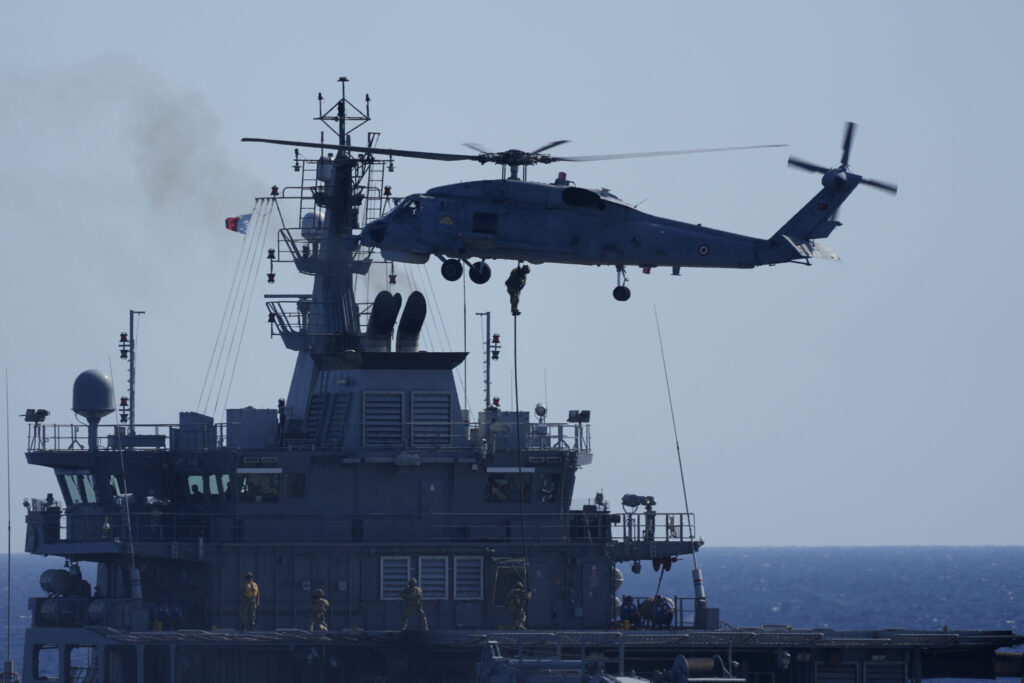
With that target date closing in, and the biggest land war in Europe in decades ravaging Ukraine, U.S. President Joe Biden and his NATO counterparts will commit to a new spending goal at their two-day summit in the Lithuanian capital Vilnius starting on Tuesday.
“At the summit, allies will set a more ambitious defense investment pledge, to invest a minimum of 2% of GDP annually on defense,” NATO Secretary-General Jens Stoltenberg said Friday. No date will be set for achieving this target.
While the 2% figure remains as a reference point, it’s a slippery metric.
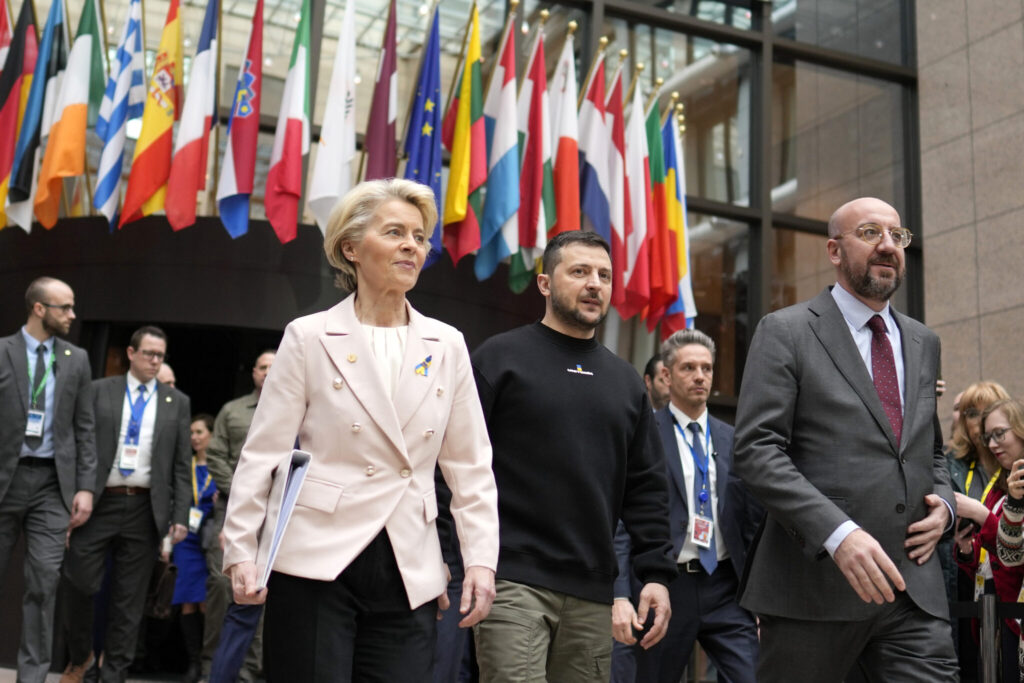
Growth fluctuates in times of economic boom and bust, and inflation can wreak havoc with the bottom line. NATO estimates that Turkey, with one of the organization’s biggest armed forces, will spend just 1.31% of GDP in 2023, compared to 1.91% before the war started.
Nor does big spending equal wise spending. Correct spending levels on paper don’t translate into adequate and well-equipped forces being quickly dispatched to the battlefield and sustained by efficient supply lines.
Nor does 2% have a direct relationship to any real security threat assessment. The goal was established in peacetime. Things have changed, and Luxembourg’s case provides a salutary lesson about what this guideline can hide.
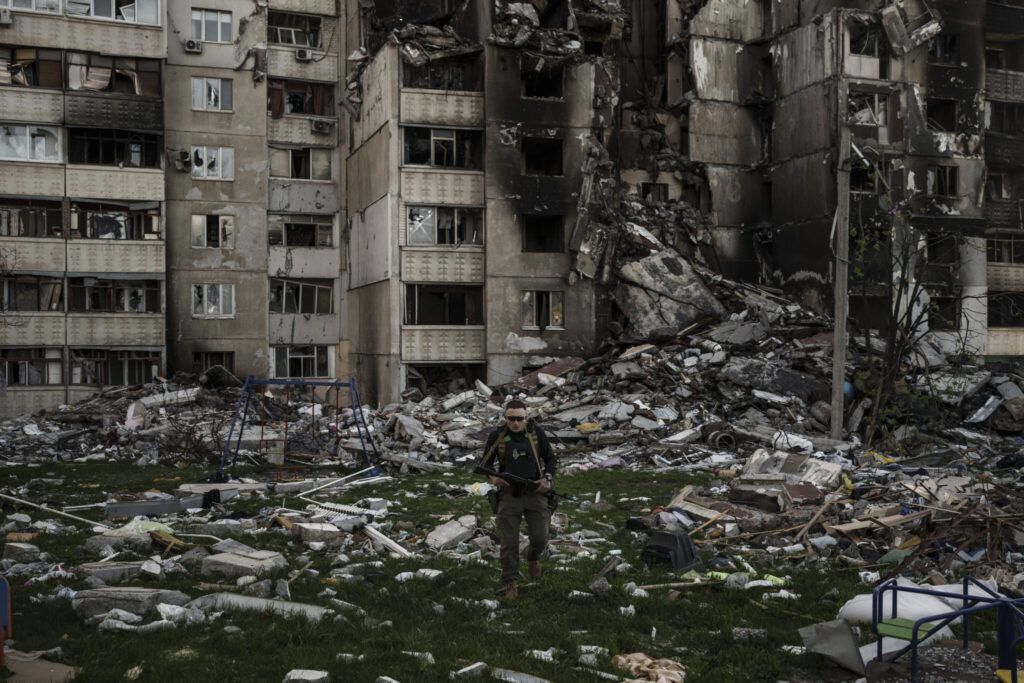
When grilled by U.S. and European lawmakers about budget priorities, Luxembourg Defense Minister François Bausch said last month that Estonia, Latvia and Lithuania would have to spend four to five times more than they do now to reach 2% if their economic growth matched that of Luxembourg.
The three Baltic States — so geographically close to Russia and Ukraine, and historically aware of the potential threat that their giant neighbor poses – will all spend just above 2% this year, among only 11 nations to attain the goal, according to NATO estimates.
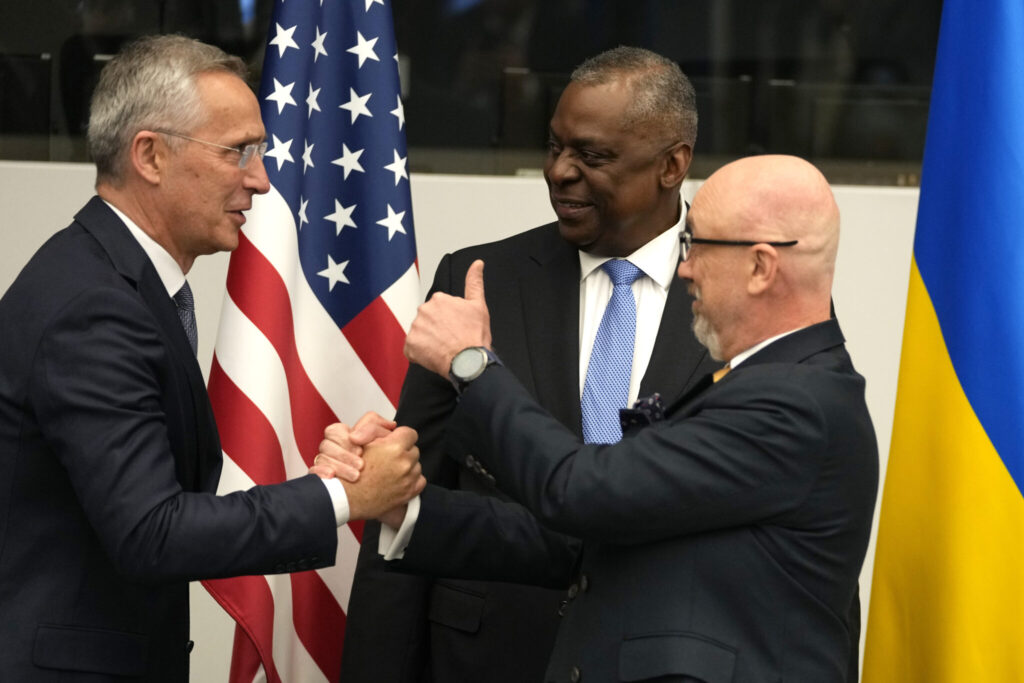
Sandwiched between France and Belgium, Luxembourg has demographic challenges too. Of its roughly 630,000 passport holders, only 315,000 are Luxembourgers. The number of people ranging in age from 18 to 40 — military service age — is smaller still.
Around 1,000 people are enlisted in the country’s army. That’s small compared to the might of some members, but greater per capita than the number serving in the armed forces of the United Kingdom, one of NATO’s most exemplary national forces.
Plus, unemployment is low in Luxembourg. Relatively high-paying jobs abound. Why join up?
“I want to increase the number of troops in the army. We are looking for 200-300 soldiers already, but it’s not easy,” Bausch said.
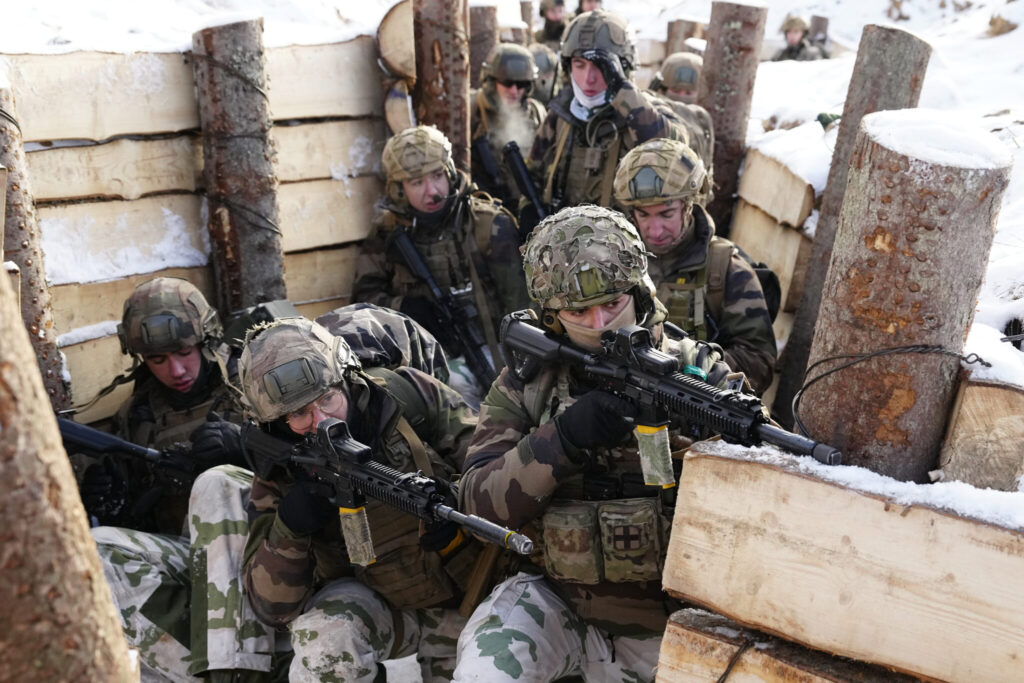
Beyond that, Luxembourg spent more than 16% of its defense budget on support for Ukraine — a lot of it ammunition — last year. The government isn’t asking for that money to be reimbursed through a special European Union fund set up to refund nations that help Ukraine defend itself.
Prime Minister Xavier Bettel’s government also meets all of NATO’s planning requirement goals.
“We are fulfilling everything that is demanded of us,” Bausch said, and Luxembourg plans to double defense spending by 2028.
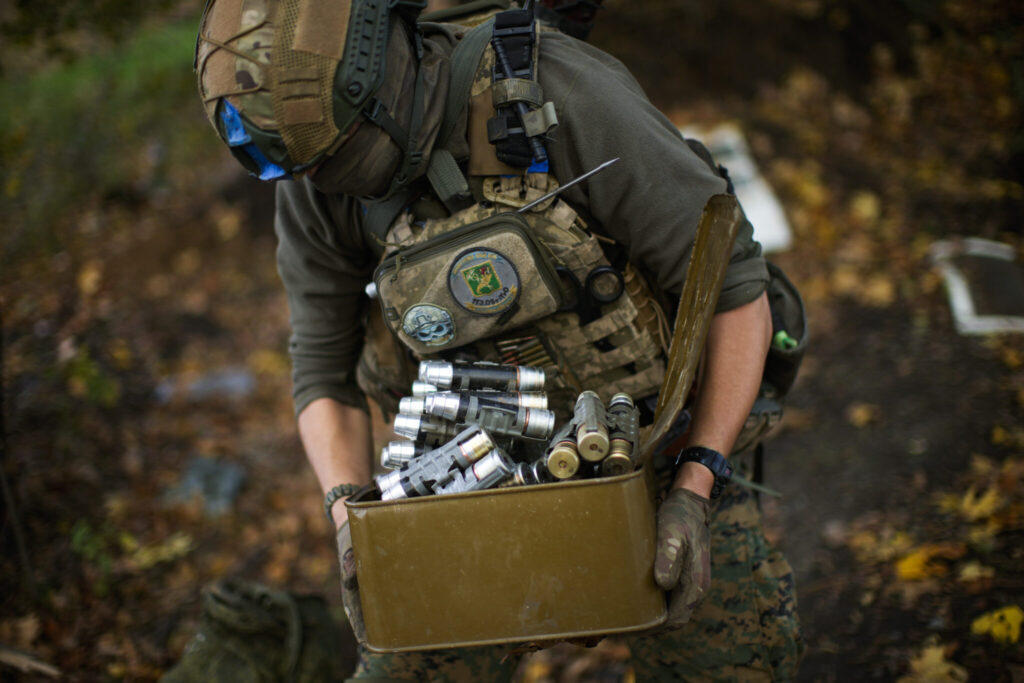
Another country that meets NATO’s planning goals is Germany — Europe’s model of fiscal rectitude and routinely flailed by former U.S. President Donald Trump for failing to boost its military budget.
In an abrupt about-face last year after Russia invaded Ukraine, Chancellor Olaf Scholz announced that his government would spend an additional 100 billion euros ($109 billion) on defense, including on the purchase of high-end U.S.-made F-35 fighter jets.
But under NATO’s spending requirements, little if any of that money can yet count toward its 2% target. Equipment orders aren’t enough. Only when contractors are finally paid can the money be added up.
The summit in Vilnius isn’t likely to solve NATO’s perennial budgeting problem, and the U.S. cajoling of allies sometimes suspected in Trump’s day of free-riding on their partners, like Luxembourg and even Germany, is likely to continue.
“We can’t pass legislation requiring people to spend money. We’re an intergovernmental alliance that commits to collective goals,” a senior NATO official said on condition of anonymity to describe the latest thinking on NATO’s defense-spending pledge.

